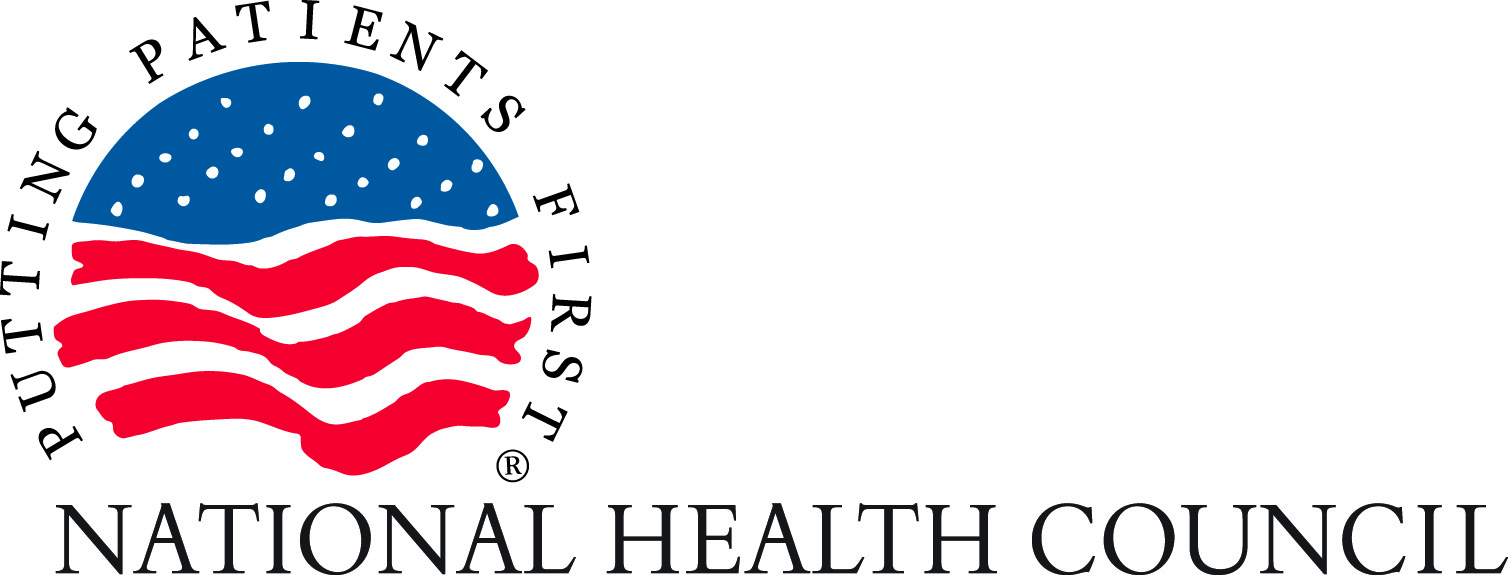What is Open Enrollment?
10/31/2019
By Eric Gascho, Vice President, Policy & Government Affairs
Open Enrollment is the period when individuals who do not have employer-sponsored insurance can purchase a new individual or family health insurance plan or make changes to their current coverage. The health insurance marketplace, created by the Affordable Care Act (ACA), is an online portal individuals can use to compare the cost and coverage of different insurance plans to find the one that best fits their budget and health needs. This online portal is at Healthcare.gov.
This year, Open Enrollment will run from Friday, November 1 through Sunday, December 15, 2019. Open Enrollment is only a few weeks, and if those who need coverage don’t act by December 15, they will not be able to get coverage for next year, unless an individual qualifies for a Special Enrollment Period.
Purchasing a plan during Open Enrollment ensures that coverage will go into effect on January 1, 2020.
Watch the video series here.
Coverage
Prior to the ACA, which is also known as Obamacare, people with pre-existing conditions could be charged more for insurance or denied coverage outright.
All health plans that are sold through Healthcare.gov must cover people with pre-existing conditions, and provide coverage for at least the following:
- Doctor’s visits;
- Emergency room visits;
- Hospital treatment;
- Care before and after a baby is born;
- Mental health and substance use disorder services;
- Services and devices to help individuals recover;
- Prescription drugs;
- Lab tests;
- Preventive services; and
- Pediatric services.
There are coverage options outside of the ACA Marketplace, so it is important for individuals to use Healthcare.gov to enroll. When deciding what kind of insurance to purchase, it is important to read the fine print.
Short-Term Health Plans
Short-Term Health Plans are health insurance plans that are typically less expensive and limited in how long their coverage lasts. However, these plans may or may not cover individuals with pre-existing conditions and are not required to cover the full range of medical benefits that the ACA plans are required to cover. These plans can be very deceptively advertised, so always read the fine print.
- Some major issues with Short-Term Health Plans include:
- Insurers may deny coverage for certain medical treatments or procedures, which results in an individual receiving an extremely high surprise medical bill;
- Insurers are permitted to charge women, the elderly, and people with mental or physical health conditions higher premiums;
- Coverage can be denied based on pre-existing conditions; and
- These plans do not offer comprehensive coverage including prescription drugs, maternity coverage, and other benefits that are required by the ACA.
Affordability
Health insurance coverage through the ACA is more affordable that one might think and can help prevent extremely high medical costs if a person experiences an unexpected illness or accident. Depending on income, most people can find a plan that has a monthly premium of between $50-$100 per month, and in the past two years, over four million people have found plans with $0 monthly premiums. When applying for coverage through the Marketplace, a person could qualify for premium tax credit, based on his or her household, that would reduce the amount paid for coverage each month.
In addition to premium tax credit, a person’s income may also qualify for more savings, called cost-sharing reductions, which would reduce the amount paid out-of-pocket for medical services, such as lower copays and deductibles.
Even if a person already has coverage in 2019 through the ACA Marketplace, one should still shop around on Healthcare.gov because prices change year-to-year, and one might find a new plan that is more affordable or better meets his or her needs.
If someone is unsure of what plan is right for them, they can use the shop and compare tool on Healthcare.gov and there is a Marketplace call center that is open 24/7 during open enrollment, except Thanksgiving Day, where individuals can confidentially receive help from a trained specialist.
Learn more:
- Visit Healthcare.gov to learn more about coverage options & purchase a plan that is right for each individual’s circumstances;
- Read our blog, Confused about Open Enrollment? Here’s a Glossary to Help!, to learn about key terms that help navigate the health insurance marketplace;
- Find out when open enrollment runs in each state, here;
- Read Three Big Mistakes to Avoid during Enrollment ;
- Schedule a call with a local health insurance navigator to ensure that the plan chosen is the right one;
Learn more from Business Insider’s Guide to Open Enrollment
This year Open Enrollment runs from November 1 – December 15. Don’t miss the opportunity to get covered.

